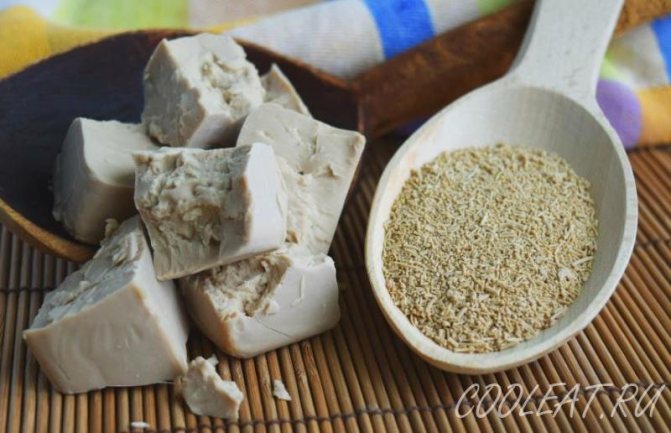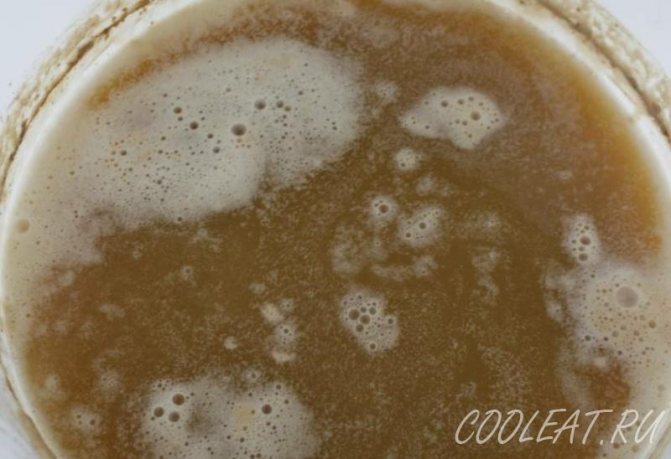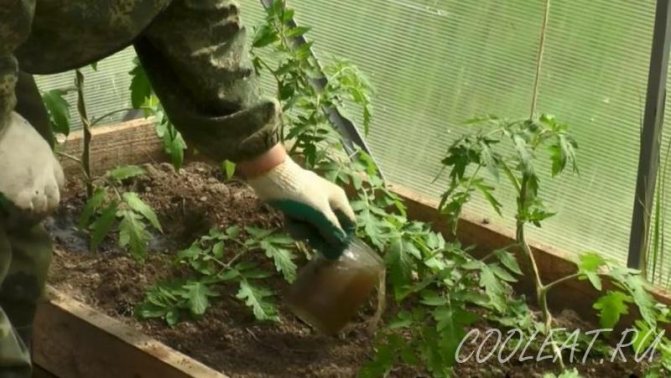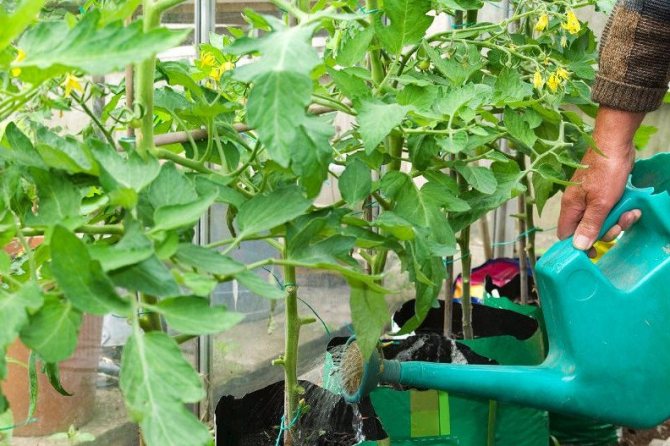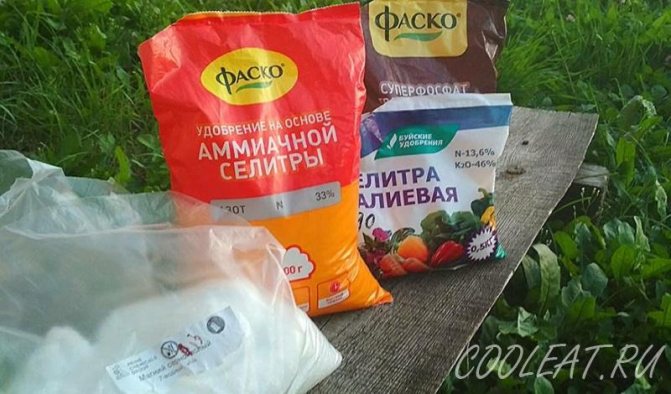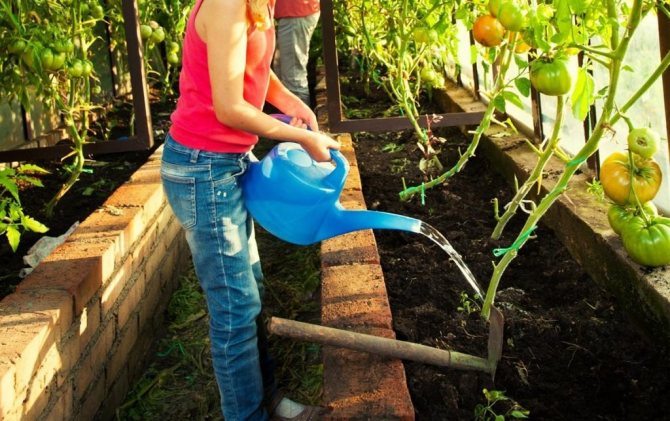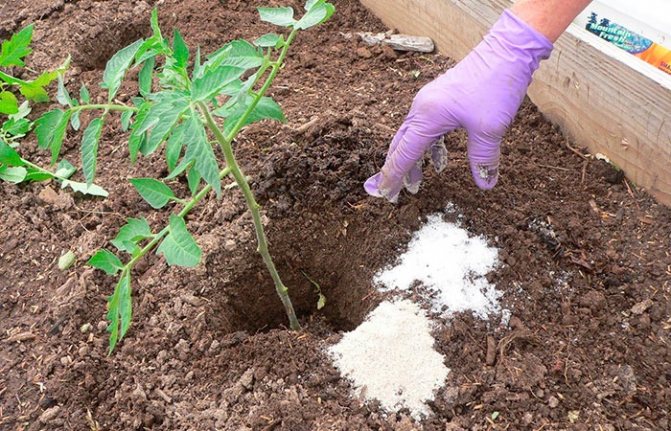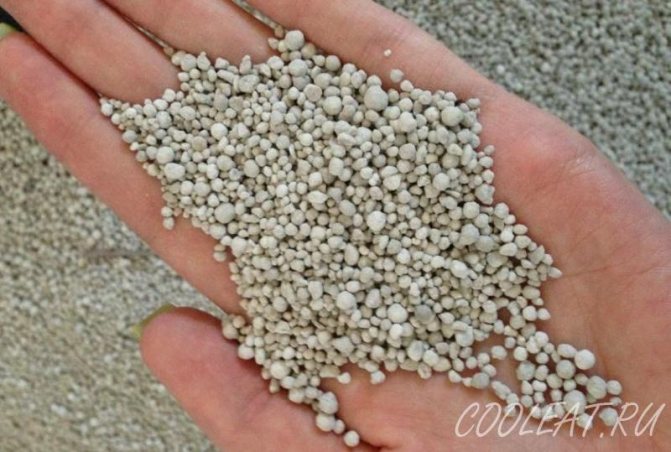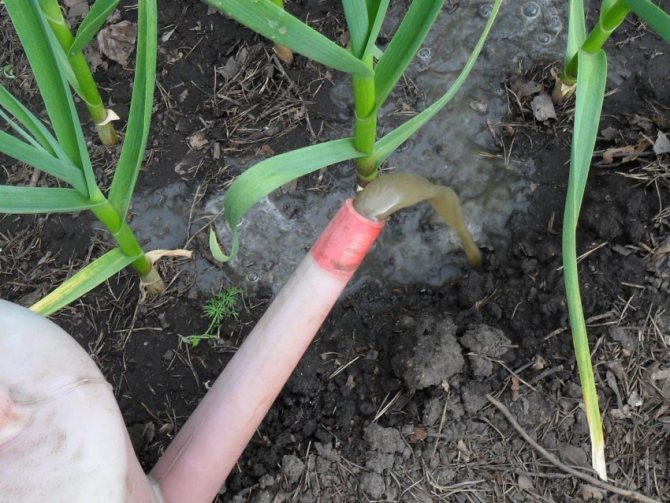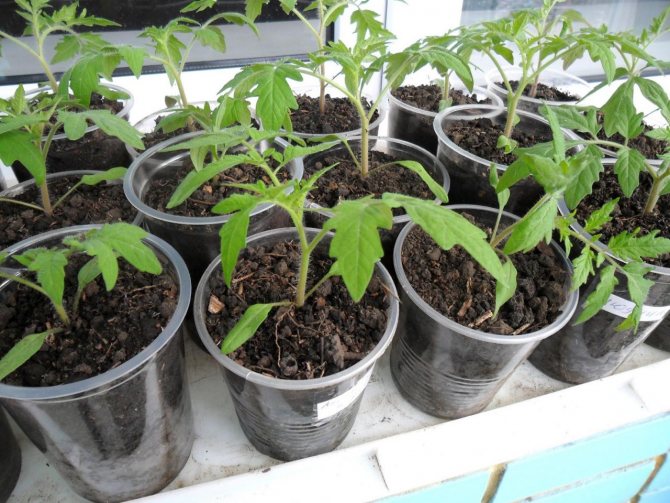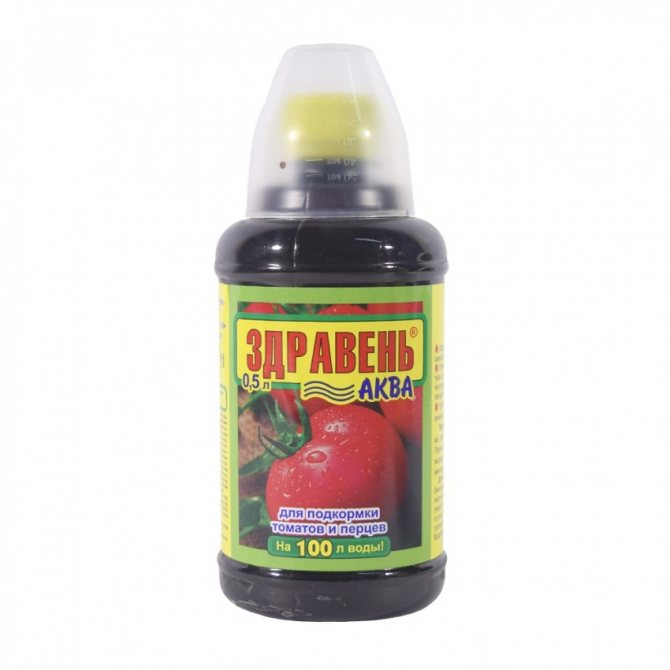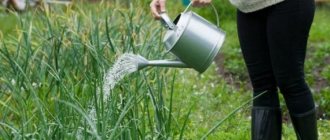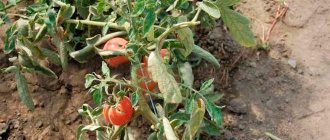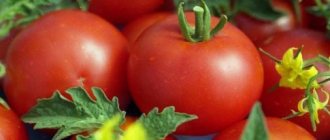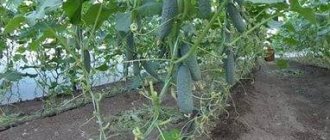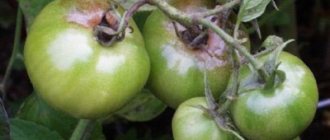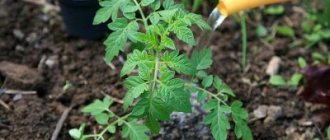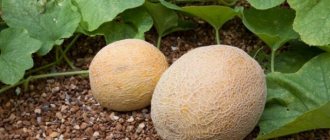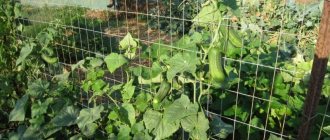The main / Summer cottage and garden / How to feed tomatoes
All plants have different requirements for individual nutrients. If cucumbers need a lot of nitrogen for good development, then when growing tomatoes, you should not get carried away with nitrogen fertilizing at all.
Unfortunately, many summer residents of all fertilizers recognize only urea. You can understand them: after nitrogen fertilization, tomatoes grow quickly - the bushes become juicy, luxurious. But the external splendor of leaves and stems hides their vulnerability to pests and diseases.
Plants overfed with nitrogen are the first to surrender under the pressure of viruses, they produce many leaves and few fruits.
It is better not to feed the plants at all than to feed them incorrectly.
Types of dressings
There are two types of top dressing. Root and foliar.
The root is used by most gardeners. It nourishes plants through the root system, that is, it is watering with a nutritious mineral or organic solution under the root.
Many people know about the foliar, but they use it less often, but in vain.
Foliar is when we apply the same nutrient solution directly over the leaves and branches of plants. This type of feeding with mineral or organic fertilizers has a number of advantages.
First, it saves fertilizer. Because when we put them under tomatoes, a significant part of the nutrients is washed out with watering or during rain. Not all nutrients go to the plant.
And when we apply the solution on top of the leaf, then all the nutrients pass through the leaf into the plant. And this happens very quickly. Therefore, the foliar acts much faster than the root one.
Secondly, they use it to quickly help a plant suffering from a lack of a particular trace element. I try to use foliar dressing more often for seedlings, for plants recently planted, that is, for younger seedlings.
For the foliar, lower concentrations of the solution are used than for the root, so as not to cause burns to the leaves. For her, fertilizers are used that completely dissolve without sediment and do not contain chlorine. Usually these are liquid forms of fertilizer mixtures, no matter what they are - mineral or organic. Try to use non-chlorinated water for preparing nutrient solutions - rainwater or at least settled tap water.
Both root and foliar top dressing are equally useful for open ground tomatoes, for greenhouses. During the first half of the growing season, it is better to alternate them. In the second, go to the root. The greenhouse with high humidity should be ventilated more often, especially after spraying. In order for the plant to get the maximum benefit from any fertilizer, you need to know when - in the morning, in the afternoon, in the evening - it is better to carry them out.
Foliar dressing
One reader of our blog - Anna Nepetrovskaya from Novokubansk - shared her experience of using foliar and root dressing of tomatoes. The experience, as far as I can tell, is invaluable.
See what kind of tomato alleys Anna has! Isn't this proof that she has chosen the right fertilization strategy!
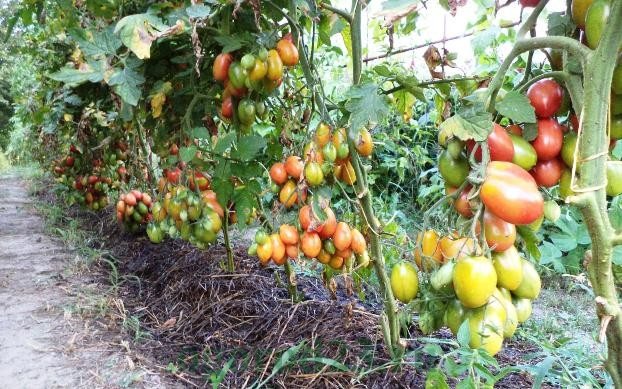
Anna Nepetrovskaya Tomato Alley (Novokubansk) - Chio-Chio-San variety
Tomatoes should be started to feed one week after planting.
These are the compositions of foliar dressings she uses:
- One liter of milk or whey + 10 drops of iodine + 9 liters of water.
- Microfertilizer Zdraven + Fitosporin - dosage according to instructions.
- Milk whey (2 liters) + 0.5 cups of sugar + 15 drops of iodine + 8 liters of water.
- Bifungin (birch mushroom (chaga) - diluted with water until dark in color.
- One teaspoon of boric acid, copper sulfate, magnesia + manganese on the tip of a knife + coarsely grated laundry soap or 3 tbsp. l. dilute liquid soap with 10 liters of water.
- Trichopolum (10 tablets) + 1 small bottle of brilliant green + 10 liters of water.
- 1 teaspoon of boric acid, copper sulfate, urea (kabamid) per 10 liters of water.
- Weak manganese solution.
- Lactic acid solutions (whey) with the addition of 0.5 cups of sugar (10 liters).
All these solutions for foliar feeding are very effective for nutrition, protecting tomatoes from fungal diseases, especially from late blight.
They need to be applied not simultaneously, but, either in turn, as it is written, or choose those that, in your opinion, will bring the greatest benefit to the crop. With the accumulation of experience, you yourself will determine "what is yours."
Alternate foliar dressing with root dressings. Below is again the experience of our reader from Novokubansk.
What is the danger of a lack of micronutrients?
The deficiency of substances necessary for the nutrition of tomatoes has a bad effect on the growth and development of plants, and reduces productivity. When such a phenomenon occurs, the plant itself will signal this by certain signs. In this case, it is necessary to carry out extraordinary feeding with the content of the missing elements.
With a lack of trace elements, the plant's immunity usually falls, and tomatoes become susceptible to late blight and other diseases.
An overabundance of elements also negatively affects culture. For example, with an excess of nitrogen, yield decreases, ripening is delayed, and the plant does not resist diseases well. Accordingly, it is necessary to always observe the recommended concentration of fertilizers, and when using organic matter, reduce the dose of mineral dressings.
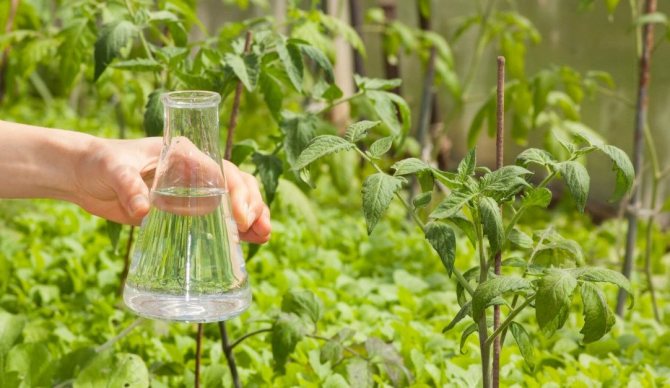

Root dressing
Anna advises to be sure to water the tomatoes with clean water before each root fertilization - with settled tap water or rainwater.
The first root is not earlier than 10 days after transplanting.
The second is 15 days (two weeks) after the first.
The third dressing will be most effective during the beginning of flowering. Namely, during the flowering of the second brush. On the first brush, many gardeners advise to cut off a terry flower, since the fruit is most often tied ugly, different from others. (But I would not call this recommendation mandatory - I very rarely saw such a flower in my place).
- One tablespoon of ammonium nitrate + 10 liters of water. Ammonium nitrate can be replaced with infusions of chicken or cow dung. The proportions are as follows: 0.5 liters of chicken infusion or 1 liter of cow dung + 10 liters of water.
- Composition - 0.5 liters of chicken manure infusion + 2 tablespoons of superphosphate + 1 tbsp. l. potassium sulfate + 10 liters of water. Note that superphosphate is very poorly soluble in water. Therefore, it is necessary to start preparing this solution at least one day before use. First dissolve the superphosphate - let it stand for at least 24 hours, and only then add other components. By the way, superphosphate can be replaced with monophosphate (phosphorus fertilizer).
- Composition: 0.5 liters of chicken manure or cow dung infusion + 1 tablespoon of potassium sulfate + 7 grams of boric acid + 10 liters of water. Pour 1.5 liters of solution under each bush, not forgetting to water the plants with clean, settled water before that.
- Once a month, Anna advises root feeding with organic fertilizer. She calls it "Kurdyumov's compote", and I have this "green fertilizer". The cooking process is described in detail below.
- Every 2 weeks it will not hurt to fertilize the tomatoes with an ash solution - pour 1 glass of ash with a bucket of water, let it brew for several hours. The ash solution contains potassium, calcium, phosphorus, many different microelements necessary for the development of plants.
Mr. Summer resident informs: how to determine what is lacking in tomatoes in appearance
Although tomatoes are a relatively unpretentious crop, they need proper care, including vitamins and minerals applied with fertilizers. Sometimes, by the state of the bush, you can easily determine which additional components the plant needs.
So, with a low nitrogen content, the leaves darken, flowering slows down, and with a high nitrogen content, the bush is too lush, but the ovaries do not form.
If the leaves have acquired a light purple color, then the tomatoes do not have enough phosphorus; with its excess, the green parts turn yellow and dry.
When too much potassium enters the plant, dull marks appear on the branches. When twisting the leaf plate, you need to provide the tomatoes with nitrogen-containing dressing.
When to feed tomatoes
A very important point: if you are doing foliar feeding or root feeding, then this should be done in the morning or in the evening. Why is that? If we are talking about foliar, then the nutrient solution should be on top of the leaves for as long as possible so that it has time to be absorbed. And in the bright sun, spraying the leaves can cause burns. This is the first thing. And secondly, the sun will quickly dry the droplets of the nutrient solution, it will not have time to be completely absorbed by the leaves. With foliar, care should be taken that the solution falls not only from the top of the sheet, but from the bottom too.
Watering the plants under the root with a mineral or organic solution is also necessary early in the morning or in the evening. I prefer evening watering. And my neighbor in the country watering his cucumbers, tomatoes in a greenhouse or open field only early in the morning. The reasons also seem to be clear: water or nutrient solution that gets on the leaves during the day can cause sunburn. You should not force tomatoes to waste energy to repair or heal wounds.
Signs of a nutrient deficiency in plants
Consider the symptoms of a deficiency in tomatoes of the elements they need:
- Nitrogen... Old foliage around tomato bushes turns yellow (starting at the edges) and falls off. The plant withers and shrinks, the stem becomes thin. The veins on the underside of the leaf blades acquire reddish and bluish tones.
- Phosphorus... With a deficiency of this mineral, the green mass becomes darker in color, then acquires burgundy-purple hues. The leaves curl up and the stem becomes brittle.
- Potassium... Young leaves curl down, become wrinkled. A burn appears along the edges of the leaves. The growth of the bushes becomes slow, the flowering becomes weak, but the stepsons are actively developing. The fruits ripen with spots, a yellow spot is observed at the stalk, and there are hard veins in the pulp.
- Calcium... Growth slows down, apical shoots die off or apical rot appears. Yellowish spots appear at the ends of young leaves, and old ones show a dark green color.
- Magnesium... The leaves bend up and dry out at the edges, begin to turn yellow.
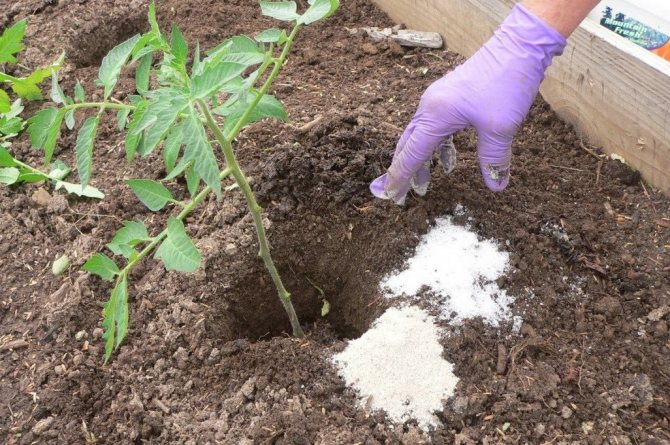

- Molybdenum... Yellowish specks appear, the edges curl inward and dry out. The color of the foliage brightens, but the veins remain green.
- Zinc... New foliage forms very small and sometimes covered with yellow dots. Brown spots appear on the old foliage, capturing the veins. The edges of the leaves are curled upward. Over time, the leaves dry out.
- Sulfur... Yellowing of the plant starting from young leaves. The stems become thin and brittle.
- Boron... The ovary is absent. The top of the bush brightens and curls downward. Stepchildren are actively formed, and the upper point of growth perishes.Large veins of leaf plates darken noticeably, and the leaves themselves become brittle.
- Iron... Growth retardation and yellowing of leaves from the stem are observed. The top of the plant turns yellow. The veins at the ends remain green.
- Copper... The foliage withers and curls up in a straw. The shoots are weakened, and the flowers fall off.
- Manganese... The foliage begins to turn yellow unevenly from the base, the plant looks motley.
- Chlorine... New leaves develop poorly and brighten between the veins, wither.
Did you know? With a copper deficiency next to tomato bushes, it is recommended to stick a piece of copper wire, and if there is a lack of calcium
—
add crushed eggshells to the soil.
How often should you feed
Usually they ask the question, how often should tomatoes be fertilized with mineral or organic fertilizers? The short answer is not very often. And, more precisely, I carry them out as root, also foliar in 10-15 days. That is, about 2-3 times a month. I alternate them. Once - foliar, next time - I feed tomatoes at the root.
People often ask: is it permissible to fertilize tomatoes during fruiting? I answer: after the ovaries have appeared, feeding is only at the root, that is, root.
Foliar spraying is done during the first half of the growing season. That is, as soon as I noticed that the first fruits were set, I stop feeding with spraying. And I continue to do the roots throughout the growing season (development).
The second popular question: feeding seedlings after a pick - what, when. The first time you should fertilize the tomatoes 10-12 days after planting the seedlings. And what, when read above.
It is desirable, I would even say, obligatory foliar, root dressing, when the flowering of tomatoes begins. Do not miss the deadline - the number of ovaries and the harvest will depend on this.
In a greenhouse or open ground, feeding is carried out as follows. It is necessary to fertilize each plant individually. If the soil under the tomatoes is dry, then moisten the garden a little before feeding. We water with clean water, the temperature of which is not lower than 20-22 ° C. When watering greenhouse plants, try not to get water on the leaves - there is no need for excess moisture. Water in the morning - after that, be sure to ventilate the greenhouse. And after watering, pour half a liter of nutrient solution under each bush.
I try to do foliar spraying of tomatoes in the greenhouse in the morning so that the nutrient solution is absorbed by the evening. Leaves, stems, fruits should be dry at night.
What fertilizers are needed for tomatoes when planting
So it's time to plant tomato seedlings in the ground. During this period, the plant needs to be helped to acclimatize by applying appropriate fertilizers to the soil. Thanks to them, the vegetable will grow well and give delicious fruits.
The planted seedlings will need nitrogen for good development. Top dressing should be repeated 2-3 weeks after the first application.
The plant will need potassium - phosphorus fertilizers. They contribute to the good development of the root system, help the better absorption of all the necessary minerals from the soil. It should be fed immediately after planting.
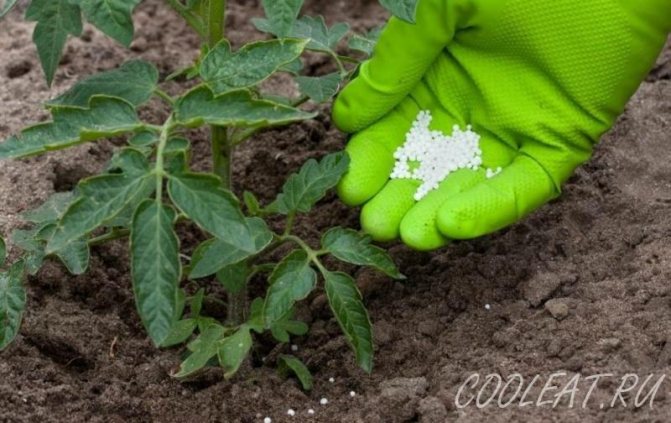

Do not forget about such important macro - and micro - elements: phosphorus, calcium, sulfur, magnesium, potassium, boron. The plant's need for them increases during the flowering period. Also keep track of the amount of nitrogen-containing groundbaits applied. Excess them during budding can lead to the growth of foliage rather than flowers.
The last complementary food should be introduced when the first fruits appear. These should be humates or humic acids, which will accelerate the ripening of the crop and give it a rich taste.
Now let's figure out what all the above elements contain. Of course, they are fully included in the composition of mineral fertilizers, which can be bought ready-made.You can make your own formula using proven recipes from experienced gardeners.
How to feed tomatoes in a greenhouse or open field
If you have a little time for leaving or it is difficult to find all the components of dressings that Anna Nepetrovskaya advises, then you can use fertilizers based on humates.
I used Kuznetsov's GUMI (natural elixir of fertility) - the tomatoes acquired a good appearance, pleased with the harvest. 10 liters of water + 2 tablespoons of elixir.
But you can start from the range of your gardening shops. It is not bad to use Gumat-80, Gumat + 7, Gumat-Universal, Emerald, Ideal. For 10 liters of water, 1-2 tablespoons of fertilizer are enough. Add 1 tablespoon of instant mineral fertilizer (for example, Fertika Universal) to this.
For each plant, 0.5 liters of solution is enough.
Open ground or greenhouse tomatoes are better not to feed than to overfeed. Therefore, when planting seedlings from mineral fertilizers, I use only ash and compost. After planting - fertilizer based on humates with Fertika Universal. Everything. The following dressings are organic only.
Video on how to make an infusion of nettle for cucumbers and tomatoes
Nettle-based bait is gaining popularity among experienced gardeners. Thanks to the organic composition, such an infusion can significantly increase the yield and increase the resistance of cucumbers and tomatoes to external factors.
All types of baits help plants to develop well and give a rich harvest. A competent approach to the choice of fertilizers guarantees a positive result and you can enjoy healthy vegetables. Follow our advice and be healthy.
Author of the publication
offline 20 hours


